Top 10 Compare and Contrast Essay Examples on Science & Technology
Compare and contrast essays on science and technology unveil the intricate dynamics of innovation. Toplist provides examples to illuminate the distinctive ... read more...forces that shape scientific and technological advancements. Join us in exploring the narratives of discovery and progress in the ever-evolving world of science and technology.
-
Essay topic: Renewable and Non-renewable Energy Sources.
Answer:
In our world, energy plays a big role in our daily lives. There are different kinds of energy sources, and they can be grouped into two main types: renewable and non-renewable.
Renewable energy comes from sources that won't run out, like the sun, wind, and water. One big benefit of renewable energy is that it is friendly to the environment. Solar panels use sunlight to make electricity, wind turbines use the wind's power, and hydroelectric plants use the energy of flowing water. These sources don't produce harmful pollution and are considered cleaner for our planet.
On the other hand, we have non-renewable energy sources. These are things like coal, oil, and natural gas. They come from the earth, but they take a very long time to form, much longer than a human's lifetime. Once we use them up, they are gone. Non-renewable sources also release a lot of pollution when we use them, contributing to climate change and harming our air and water.
Now, let's look at some differences between these two types of energy. First, renewable energy is better for the environment. It doesn't produce as much pollution, helping to keep our air and water clean. Second, non-renewable energy is not good for the environment. When we burn fossil fuels like coal or oil, it releases harmful gases into the air, causing problems for our planet.
In conclusion, while renewable and non-renewable energy sources both help power our homes and gadgets, they are different in how they affect the environment. Renewable sources are cleaner and better for our planet, while non-renewable sources cause more pollution and can harm the Earth. It's important for us to think about where our energy comes from and how we can make choices that help take care of our home.
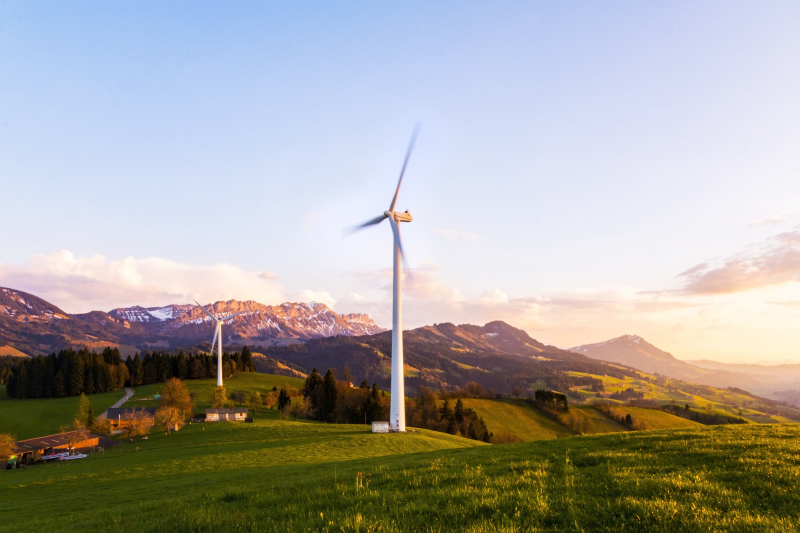
Photo by Pixabay via pexels 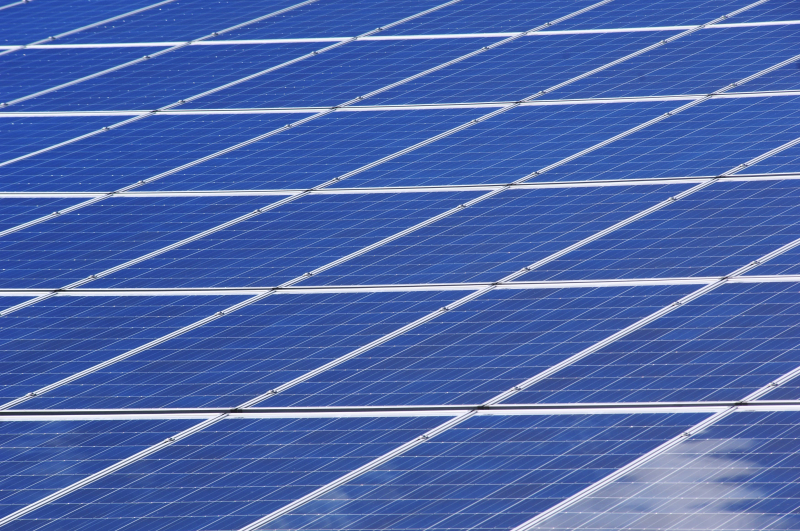
Photo by Pixabay via pexels -
Essay topic: Space Exploration and Ocean Exploration.
Answer:
Space and oceans, vast and mysterious, have fascinated humans for a long time. Exploring these frontiers has been a part of our journey to understand the unknown. Let's compare and contrast space exploration with ocean exploration.
Firstly, Space exploration takes us beyond our planet. Scientists use rockets and satellites to study stars, planets, and galaxies. They want to learn about the universe and see if there are other planets like ours. On the contrary, Ocean exploration is about studying the vast bodies of water on Earth. Ships and submarines help scientists explore the deep sea, understanding marine life and the underwater world.
Secondly, both explorations face challenges. In Space exploration, astronauts need special suits to survive in space, where there is no air to breathe. In Ocean exploration, pressure increases as we go deeper, and scientists need submarines built to withstand the pressure. Both environments are harsh, making exploration difficult.
Additionally, Space exploration uses telescopes and spacecraft to observe celestial bodies from a distance. Robots and probes are sent to gather information. In Ocean exploration, scientists use underwater vehicles and cameras to explore the sea. They aim to discover new species and understand the ocean's role in our climate.
Furthermore, the goals of these explorations differ. Space exploration seeks to understand the vastness of the universe, searching for extraterrestrial life. Ocean exploration, on the other hand, focuses on the Earth's seas, striving to preserve marine life and protect our planet.
In conclusion, while space and ocean explorations share the excitement of the unknown, they differ in their tools, challenges, and goals. Both contribute to expanding our understanding of the universe and our own planet, encouraging us to continue exploring and learning about the wonders beyond and beneath.

Photo by Pixabay via pexels 
Photo by Pixabay via pexels -
Essay topic: Artificial Intelligence and Human Intelligence.
Answer:
Artificial Intelligence (AI) and Human Intelligence, two fascinating realms, each with unique characteristics, contribute to shaping our world in distinct ways.
Artificial Intelligence, often referred to as AI, is a creation of humans. It involves machines and computers designed to think and learn like humans. These systems process vast amounts of data quickly, making decisions without human intervention. On the other side, Human Intelligence encompasses the abilities of the human mind, including reasoning, problem-solving, emotions, and creativity.
When considering learning, AI relies on programming and algorithms, where machines learn from patterns and data. Human Intelligence, however, involves a complex interplay of experiences, emotions, and the ability to adapt to various situations. Humans can learn from others, understand nuances, and employ creativity in problem-solving, offering a unique dimension to intelligence.
In terms of limitations, AI lacks emotional intelligence. While it can process information rapidly, it struggles to comprehend human emotions and social cues. Human Intelligence, conversely, excels in emotional understanding, allowing for empathy, compassion, and nuanced communication.
Furthermore, AI is consistent and doesn't experience fatigue, making it suitable for repetitive tasks. Yet, it lacks the adaptability and intuition that human intelligence possesses. Humans can adapt to unforeseen circumstances, think critically, and navigate complex social interactions.
Considering creativity, AI can generate new ideas based on existing patterns, but it lacks the depth of human creativity. Human Intelligence involves imagination, originality, and the ability to create art, music, and literature that express complex emotions and thoughts.
In conclusion, Artificial Intelligence and Human Intelligence, while sharing some common ground, diverge significantly in their origins, learning methods, emotional understanding, adaptability, and creativity. Together, they contribute to the dynamic landscape of our technologically advancing world, each bringing its own strengths and limitations. Understanding the unique qualities of both AI and Human Intelligence is essential for navigating the evolving relationship between humans and machines.
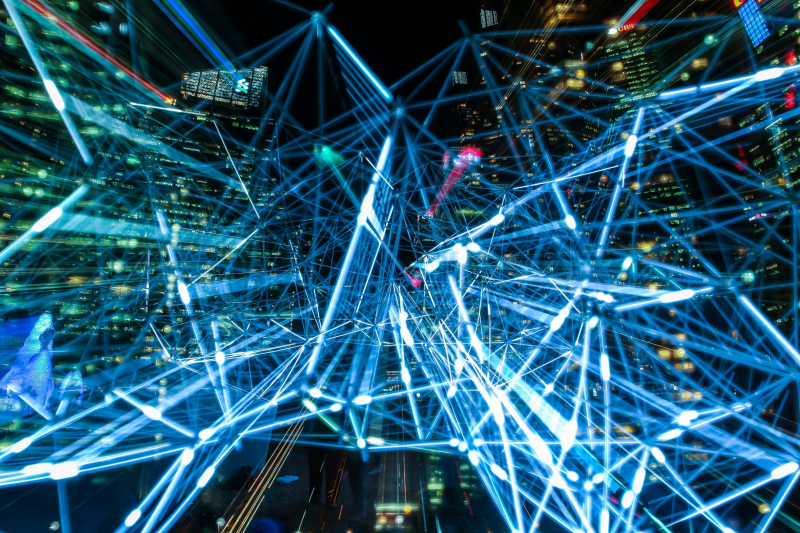
Photo by Pixabay via pexels 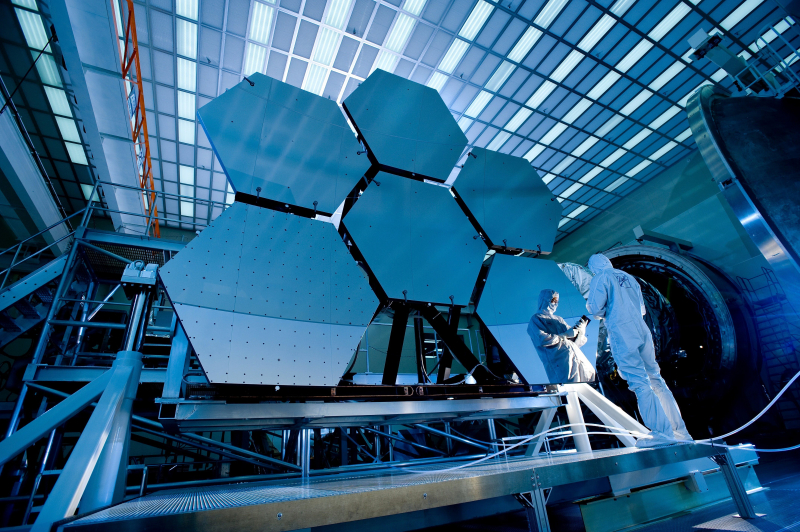
Photo by Pixabay via pexels -
Essay topic: Social Media and Face-to-Face Communication.
Answer:
In today's world, communication takes various forms, notably through social media and face-to-face interactions. These two modes of communication offer distinct experiences, each with its own advantages and drawbacks.
When we consider social media, we enter a virtual realm where people connect online. Platforms like Facebook, Instagram, and Twitter enable us to share thoughts, photos, and messages instantly. Social media provides a vast audience and quick communication, allowing individuals to stay connected across distances.
On the contrary, face-to-face communication occurs in the physical presence of others. It involves direct interaction, where people engage in conversations, observe body language, and share experiences in real-time. This form of communication fosters a deeper understanding and a more personal connection.
One notable difference lies in the speed of communication. Social media facilitates rapid exchanges, allowing users to share updates and receive responses instantly. Face-to-face communication, however, unfolds at a more measured pace, allowing for nuanced conversations and deeper connections.
Additionally, social media offers a platform for self-expression, where individuals can curate their online presence. However, this curated identity may not always reflect the full complexity of a person. In face-to-face interactions, authenticity is more immediate, as people express themselves in real-time without the filter of online personas.
While social media enables connections globally, it sometimes lacks the depth of emotional connection found in face-to-face communication. Facial expressions, gestures, and vocal nuances are integral aspects of face-to-face interactions that contribute to understanding emotions and building trust.
In conclusion, social media and face-to-face communication serve as distinctive modes of connecting with others. Social media offers speed and a global reach, while face-to-face communication provides depth, authenticity, and a more profound emotional connection. Balancing these two forms of communication is crucial in navigating the diverse landscape of human interaction in our modern age.
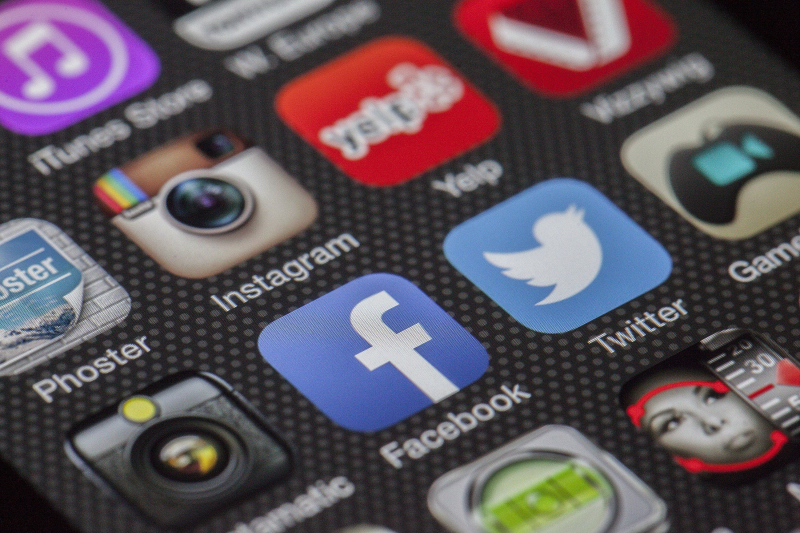
Photo by Pixabay via pexels 
Photo by Pixabay via pexels -
Essay topic: Traditional Manufacturing and 3D Printing.
Answer:
Manufacturing, the creation of goods, takes shape through various methods. Two contrasting approaches are traditional manufacturing and 3D printing. Each method has its own characteristics, influencing how products are made.
Traditional manufacturing involves processes that have been practiced for a long time. Factories use tools and molds to shape raw materials into finished products. This method is often applied to large-scale production, creating many items at once.
On the flip side, 3D printing is a more recent innovation. Also known as additive manufacturing, this technique builds objects layer by layer using computer-controlled machines. Unlike traditional manufacturing, which subtracts material to form a product, 3D printing adds material in a precise manner.
When we consider materials, traditional manufacturing commonly uses materials like metal, plastic, or wood. These materials are shaped, cut, and molded into the desired forms. 3D printing, on the other hand, utilizes various materials, including plastics, metals, and even biological substances, depending on the printer's capabilities.
One significant difference lies in customization. Traditional manufacturing is often better suited for large-scale production of identical items. Meanwhile, 3D printing allows for more personalized production, enabling the creation of unique and customized objects with intricate designs.
Cost is another factor to consider. Traditional manufacturing may be more cost-effective for large quantities, as the per-unit cost decreases with higher production volumes. 3D printing, while versatile, may have higher costs for producing a single item due to the technology's initial expenses and material costs.
In conclusion, traditional manufacturing and 3D printing represent two diverse approaches to creating goods. Traditional manufacturing relies on established processes for large-scale production, while 3D printing introduces innovative methods for more customized and intricate manufacturing. Understanding the distinctions between these methods is crucial in navigating the evolving landscape of modern manufacturing.
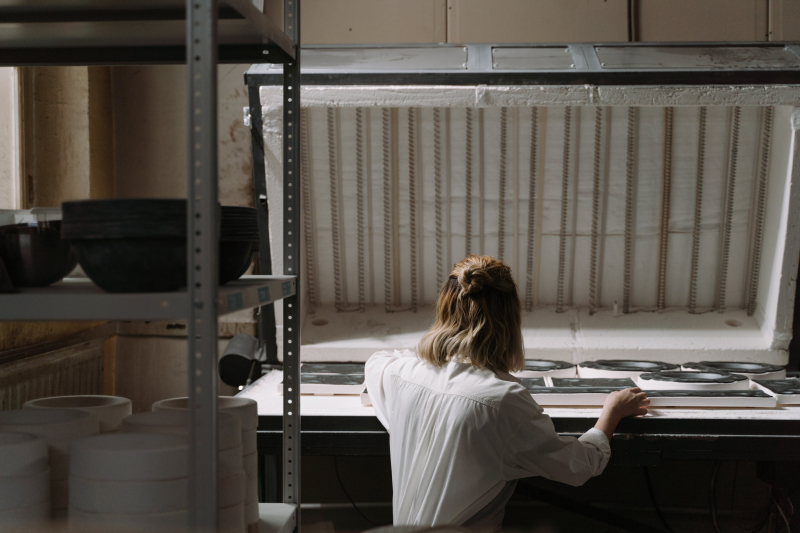
Photo by cottonbro studio via pexels 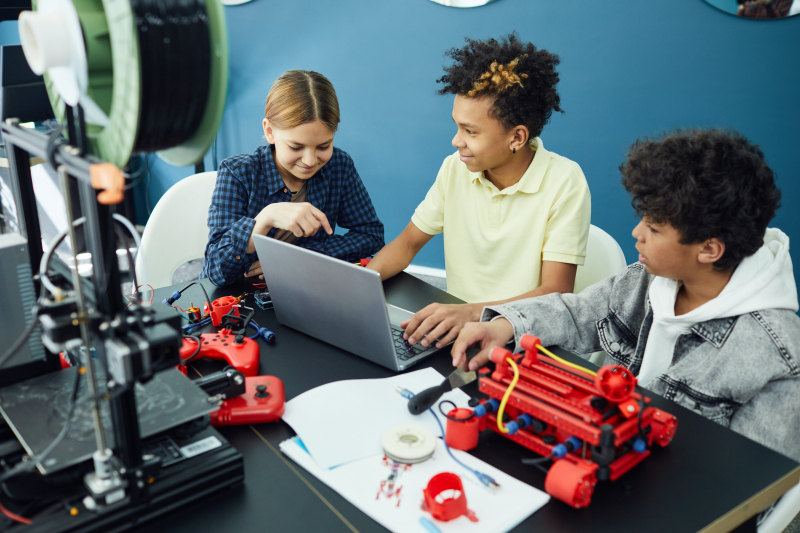
Photo by Vanessa Loring via pexels -
Essay topic: Wi-Fi and Ethernet.
Answer:
In our connected world, staying online involves different methods, with Wi-Fi and Ethernet being two commonly used ways. These methods vary in how they provide internet access, each with its own features.
Wi-Fi, short for wireless fidelity, enables devices to connect to the internet without physical cables. It uses radio waves to transmit data between a router and devices like phones, computers, or tablets. This wireless approach allows for mobility, letting users move around within the signal range.
In contrast, Ethernet relies on physical cables to connect devices. A cable, often with a plug called an Ethernet cable, links a device to a router or modem. This wired connection provides stability and consistent internet speed, making it suitable for activities that require a strong and reliable connection.
When considering speed, Ethernet tends to offer faster and more reliable connections compared to Wi-Fi. This is because a wired connection directly links the device to the network, minimizing interference and ensuring a steady flow of data.
However, Wi-Fi excels in convenience. Without the need for cables, devices can connect wirelessly, allowing for flexibility and ease of use. This is particularly beneficial for mobile devices and areas where installing cables might be challenging.
In terms of setup, Wi-Fi is generally easier to install. Devices can connect to the internet as long as they are within the wireless signal range. Ethernet, on the other hand, requires physical cables to be connected, which may involve more effort, especially in larger spaces.
In conclusion, while both Wi-Fi and Ethernet provide internet connectivity, they differ in their approach. Wi-Fi offers flexibility and convenience through wireless connections, whereas Ethernet provides stability and faster speeds through physical cables. Choosing between them depends on the specific needs and preferences of users.

Photo by Pixabay via pexels 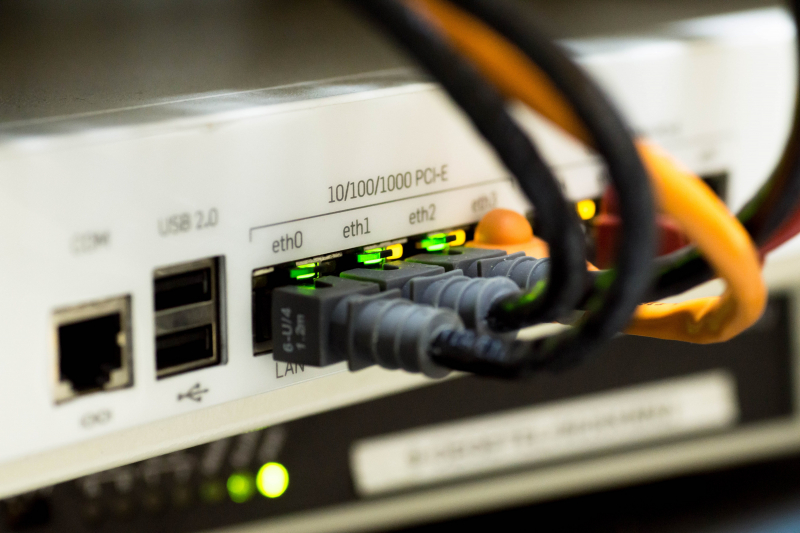
Photo by Pixabay via pexels -
Essay topic: Smartphones and Basic Cell Phones.
Answer:
In the realm of mobile devices, smartphones and basic cell phones represent two distinct categories. These devices differ in their features and capabilities, catering to different needs and preferences.
Smartphones are advanced devices that do much more than just make calls. They resemble pocket-sized computers, offering a variety of functions. Smartphones have touchscreens for easy navigation and support numerous apps, allowing users to access the internet, social media, and a multitude of applications. Additionally, smartphones often have high-quality cameras for taking photos and videos, making them versatile tools for communication and entertainment.
On the other hand, basic cell phones sometimes referred to as feature phones, are simpler devices with more limited functions. They primarily focus on making calls and sending text messages. Basic cell phones typically have physical buttons instead of touchscreens, making them straightforward and easy to use. While some basic cell phones may have a basic camera, they lack the extensive features found in smartphone cameras.
One significant difference lies in internet connectivity. Smartphones connect to the internet through mobile data or Wi-Fi, allowing users to browse websites, stream videos, and use online apps. In contrast, **basic cell phones** generally lack the ability to connect to the internet in the same way, limiting their capabilities to basic communication functions.
Another aspect to consider is cost. Basic cell phones are usually more affordable than smartphones. While smartphones offer a wide range of features, they often come with a higher price tag due to their advanced technology and capabilities.
In conclusion, smartphones and basic cell phones serve different purposes in the realm of mobile communication. Smartphones, with their advanced features, cater to those seeking a multifunctional device. Basic cell phones, on the other hand, offer simplicity and affordability, making them suitable for users who prioritize straightforward communication without the need for advanced features. The choice between these devices ultimately depends on individual preferences and needs.

Photo by Tyler Lastovich via pexels 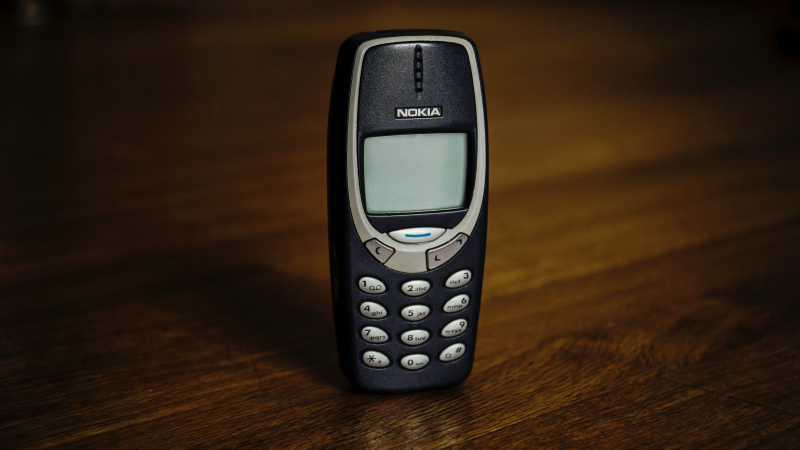
Photo by Masood Aslami via pexels -
Essay topic: Robots and Humans in Manufacturing.
Answer:
In the realm of manufacturing, both robots and humans play crucial roles, yet their contributions differ significantly in terms of capabilities and functions.
Robots are mechanical machines designed to perform specific tasks in a repetitive manner. In manufacturing, robots excel at tasks that require precision and consistency. They can work tirelessly without breaks, enhancing efficiency in production. These machines are programmed to perform tasks with speed and accuracy, contributing to the mass production of goods.
On the other hand, humans bring a unique set of skills and adaptability to the manufacturing process. Unlike robots, humans possess the ability to think critically and solve problems creatively. They can adapt to changes in the production process, making them valuable in tasks that require decision-making and a personal touch. Humans also contribute emotional intelligence, understanding subtle nuances and collaborating effectively with others.
One notable difference lies in versatility. Robots are specialized machines, designed for specific tasks. Once programmed, they can repeat the same task consistently. However, their lack of adaptability makes them less suitable for tasks that require a diverse skill set or involve complex decision-making. Humans, with their cognitive abilities, can handle a wide range of tasks and easily adapt to changing circumstances.
Another aspect to consider is precision. Robots excel in tasks that demand high precision and repetition. They can perform intricate operations with minimal errors, ensuring consistency in the production process. **Humans**, while capable of precision, may introduce a degree of variability due to factors such as fatigue or differing skill levels.
In terms of collaboration, humans are inherently social beings. They can work seamlessly with others, communicate effectively, and collaborate on complex tasks. Robots, while efficient in their assigned tasks, lack the interpersonal skills and adaptability that come naturally to humans.
In conclusion, robots and humans in manufacturing each bring valuable qualities to the production process. Robots contribute speed and precision, especially in repetitive tasks, while humans bring adaptability, problem-solving skills, and the ability to collaborate effectively. The ideal manufacturing environment often involves a harmonious integration of both robots and humans, each playing to their strengths in a complementary manner.
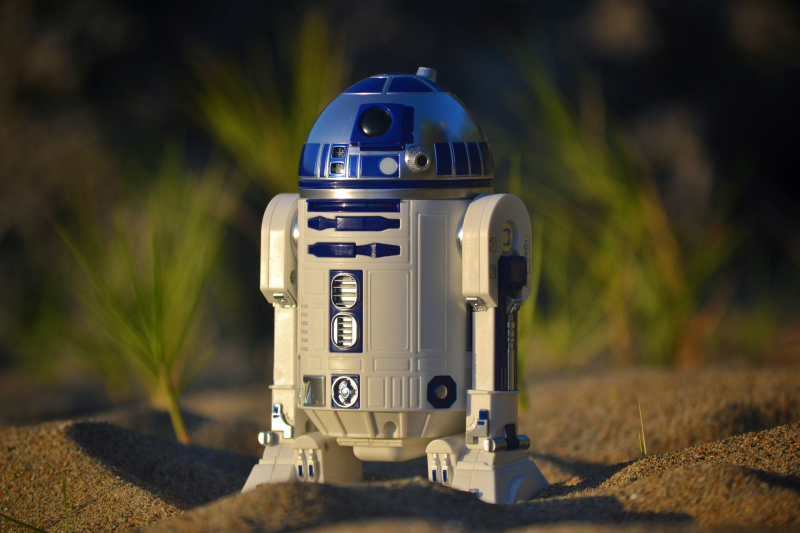
Photo by LJ via pexels 
Photo by Leah Kelley via pexels -
Essay topic: GPS and Paper Maps.
Answer:
Navigation tools have evolved over time, offering diverse ways for people to find their way. Two such tools are GPS (Global Positioning System) and paper maps. Each has its own merits and drawbacks, providing distinct experiences in the journey of getting from one place to another.
GPS, a digital navigation system, utilizes signals from satellites to determine a user's location on Earth. It provides real-time guidance with spoken directions, making it convenient for drivers and pedestrians alike. GPS devices or smartphone apps offer dynamic route adjustments based on live traffic data, ensuring efficient and timely travel.
Contrastingly, paper maps rely on traditional cartography. These tangible maps offer a visual representation of geographical features and roads. Users must manually interpret the map to plan their route. While lacking the real-time updates of GPS, paper maps provide a tangible and comprehensive overview of an area.
One significant difference is the level of detail. GPS offers intricate details about streets, points of interest, and even real-time traffic conditions. In contrast, paper maps may not provide the same level of real-time information, and users must rely on their interpretation skills.
Another aspect is dependency on technology. GPS relies on satellite signals and electronic devices, making it susceptible to technical malfunctions or loss of battery power. On the other hand, paper maps do not depend on batteries or signals, ensuring reliability in areas with limited technology access.
In terms of accessibility, GPS is user-friendly, offering step-by-step directions and voice guidance. It requires minimal map-reading skills. Paper maps, while straightforward for some, may be challenging for those unfamiliar with map-reading conventions.
In conclusion, GPS and paper maps offer distinct approaches to navigation. GPS excels in real-time guidance and dynamic updates, catering to those seeking convenience. Paper maps, on the other hand, provide a tangible and reliable alternative for those who appreciate a traditional, hands-on approach to navigation. The choice between them often depends on individual preferences and the specific needs of the journey.
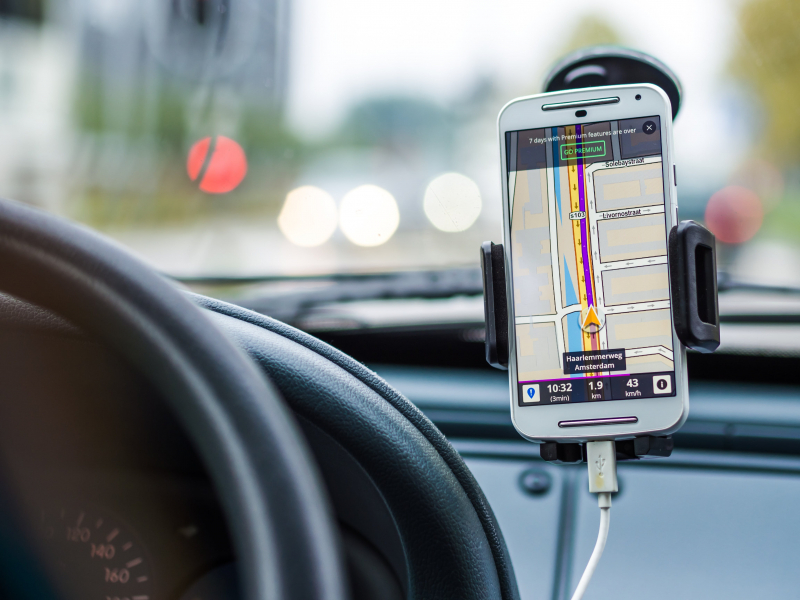
Photo by Pixabay via pexels 
Photo by Alex Andrews via pexels -
Essay topic: Traditional TV and Streaming Services.
Answer:
Television has undergone changes in recent times, offering different viewing experiences through traditional TV and streaming services. These two methods of watching shows and movies have distinct features, catering to diverse preferences in entertainment.
Traditional TV, the more established form, involves tuning into scheduled broadcasts via cable or antenna. Viewers rely on television networks to broadcast programs at specific times. This method provides a passive experience, requiring viewers to adjust their schedules to catch their favorite shows at designated times.
Conversely, streaming services are a more recent innovation. They allow users to watch content on-demand, anytime and anywhere. Popular streaming platforms like Netflix, Hulu, and Disney+ offer a vast library of movies and shows that viewers can access at their convenience. This flexibility provides a more active viewing experience, allowing users to choose what to watch and when.
One significant difference lies in content variety. Traditional TV often relies on a limited number of channels, offering a selection of scheduled programs. Streaming services, on the other hand, provide an extensive range of options across genres, including original content produced by the streaming platforms themselves.
Another aspect to consider is the viewing device. Traditional TV typically requires a television set connected to cable or an antenna. In contrast, streaming services allow users to watch content on various devices, such as smartphones, tablets, and smart TVs, enhancing accessibility.
In terms of commercials, traditional TV often includes ad breaks during programs, interrupting the viewing experience. Streaming services, in many cases, offer ad-free or limited-ad viewing experiences, contributing to uninterrupted enjoyment.
In conclusion, traditional TV and streaming services offer distinct ways of consuming entertainment. Traditional TV relies on scheduled broadcasts with a passive viewing experience, while streaming services provide on-demand, flexible content with a more active approach. The choice between them depends on individual preferences, viewing habits, and the desire for flexibility in the modern landscape of television consumption.

Photo by Huỳnh Đạt via pexels 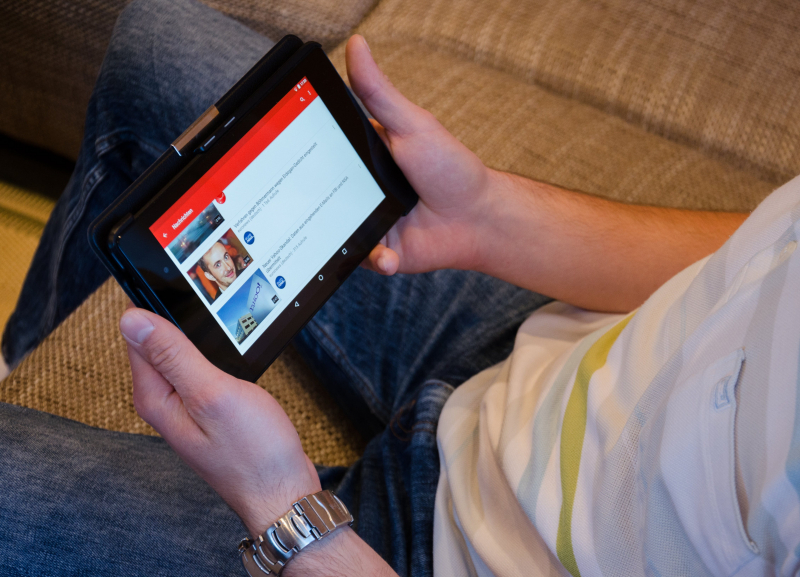
Photo by Pixabay via pexels





















